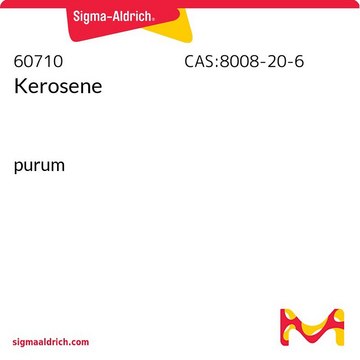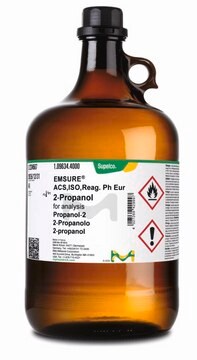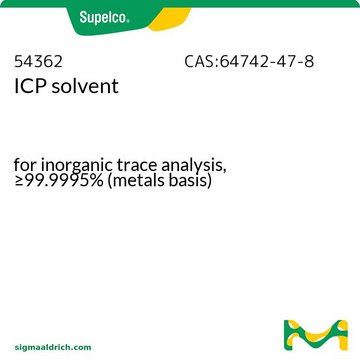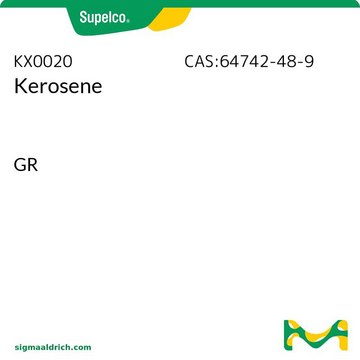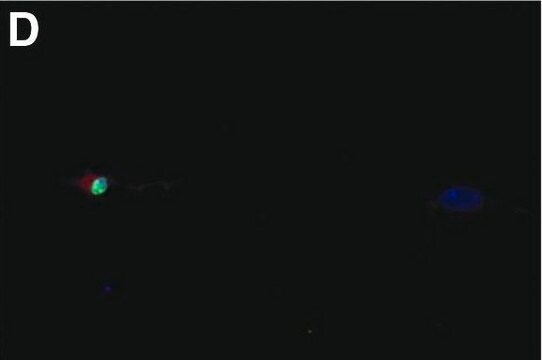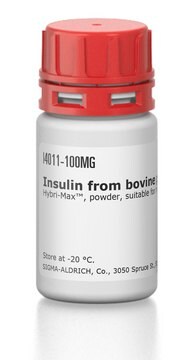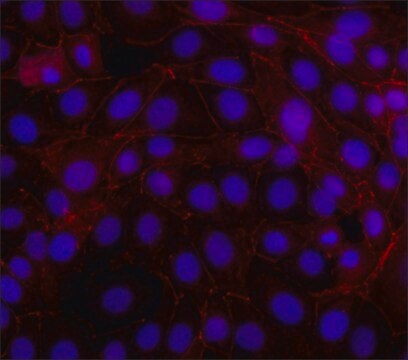329460
Kerosene
reagent grade, low odor
Iniciar sesiónpara Ver la Fijación de precios por contrato y de la organización
About This Item
grade:
reagent grade
bp:
190-250 °C (lit.)
vapor pressure:
0.23 mmHg ( 20 °C)
Productos recomendados
grade
reagent grade
Quality Level
vapor density
4.5 (vs air)
vapor pressure
0.23 mmHg ( 20 °C)
form
liquid
autoignition temp.
442 °F
expl. lim.
5 %
bp
190-250 °C (lit.)
density
0.8 g/mL at 25 °C (lit.)
¿Está buscando productos similares? Visita Guía de comparación de productos
General description
Kerosene is a medium petroleum fraction. It is widely used as a commercial fuel. Kerosene is a complex blend of aromatic and aliphatic hydrocarbons with carbon numbers ranging from C9 – C16 . Flashpoint, distillation range, burning characteristics, sulfur content, color, and cloud point are some of the important characteristics of kerosene.
Application
Kerosene is used:
- As a fuel in the preparation of kerosene–alumina nanofluid.
- In the preparation of carbon nanoparticles (CNPs) by an incomplete combustion method.
- In the synthesis of wrinkled graphene nanostructures by thermal decomposition followed by modified Hummers′ method.
Features and Benefits
Kerosene fuel is ideal for practical use due to its:
- High density
- High enthalpy
- Easy storage
Quantity
3.8 L = 1 gal
18.9 L = 5 gal
18.9 L = 5 gal
signalword
Danger
hcodes
Hazard Classifications
Aquatic Chronic 2 - Asp. Tox. 1 - Skin Irrit. 2 - STOT SE 3
target_organs
Central nervous system
Storage Class
3 - Flammable liquids
wgk_germany
WGK 2
flash_point_f
179.6 °F - closed cup
flash_point_c
82 °C - closed cup
Elija entre una de las versiones más recientes:
¿Ya tiene este producto?
Encuentre la documentación para los productos que ha comprado recientemente en la Biblioteca de documentos.
Los clientes también vieron
Wontae Lee et al.
Nature communications, 10(1), 144-144 (2019-01-13)
Understanding how forces orchestrate tissue formation requires technologies to map internal tissue stress at cellular length scales. Here, we develop ultrasoft mechanosensors that visibly deform under less than 10 Pascals of cell-generated stress. By incorporating these mechanosensors into multicellular spheroids
J A Namocatcat et al.
Journal of contaminant hydrology, 67(1-4), 177-194 (2003-11-11)
Evolution of trimethylbenzoic acids in the KC-135 aquifer at the former Wurtsmith Air Force Base (WAFB), Oscoda, MI was examined to determine the functionality of trimethylbenzoic acids as key metabolite signatures in the biogeochemical evolution of an aquifer contaminated with
Gerardo Ramos et al.
Toxicological sciences : an official journal of the Society of Toxicology, 100(2), 415-422 (2007-09-25)
Dermal exposure to military (JP-8) and/or commercial (Jet-A) jet fuel suppresses cell-mediated immune reactions. Immune regulatory cytokines and biological modifiers, including platelet activating factor (PAF), prostaglandin E(2), and interleukin-10, have been implicated in the pathway of events leading to immune
A F Nordholm et al.
Journal of toxicology and environmental health. Part A, 56(7), 471-499 (1999-04-14)
Thirty-two Sprague-Dawley rats were exposed for 6 h/d for 14 consecutive days to JP-4 jet fuel vapor (2 mg/L) or room air control conditions. Following a 14- or 60-d recovery period, rats completed a battery of 8 tests selected from
Susan P Proctor et al.
Neurotoxicology, 32(6), 799-808 (2011-08-10)
One of the most prevalent workplace chemical exposures historically and currently confronting the global military and civilian workforce is jet propellant (JP) fuel (e.g., JP4, JP5, JP8, jet A1), a complex mixture of numerous hydrocarbon compounds and additives. To date
Protocolos
Summary application report for analysis of moisture in Kerosene
Nuestro equipo de científicos tiene experiencia en todas las áreas de investigación: Ciencias de la vida, Ciencia de los materiales, Síntesis química, Cromatografía, Analítica y muchas otras.
Póngase en contacto con el Servicio técnico